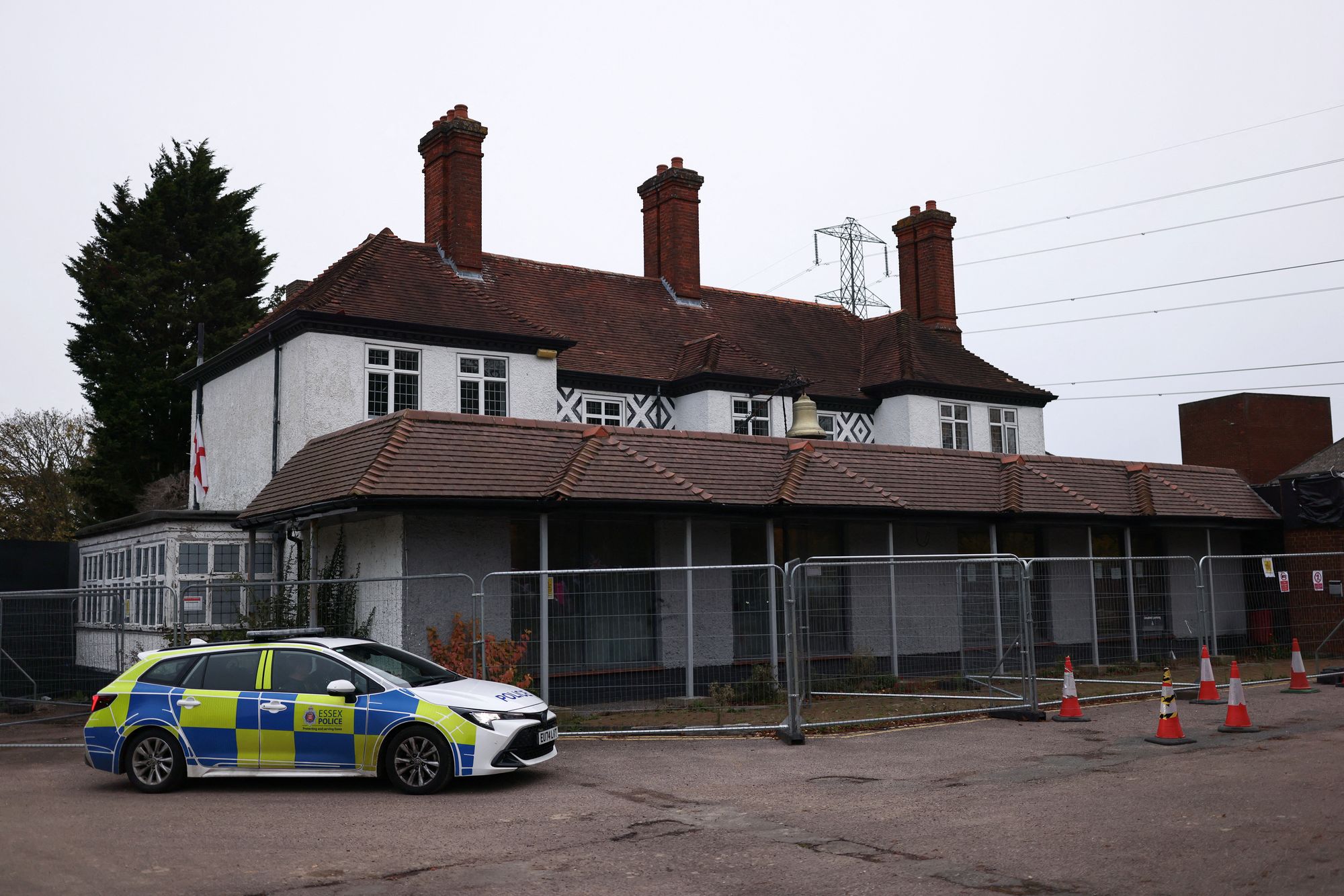People seeking asylum in the UK are often moved between various types of accommodation while their claims for protection are being processed.
On Monday, the Home Office said it is planning to use two military sites – Cameron Barracks in Inverness and Crowborough Training Camp in East Sussex – as contingency accommodation, as part of efforts to reduce the number of asylum seekers in hotels.
Here we outline how the system works and reveal the number of asylum seekers being housed in accommodation funded by the government.
Why does the government provide accommodation for asylum seekers?
The UK government is legally bound to house asylum seekers unable to afford their own accommodation while their claims are processed.
This responsibility is mandated by the 1999 Immigration and Asylum Act. For eligibility, individuals must have left their country and be unable to return due to fear of persecution, according to the Home Office.
Claims cannot be made from outside the country in which the claimant wishes to seek asylum.
This is why someone seeking asylum in the UK has to already be here, in the country, before they can make a claim.
Most claimants have travelled to the UK to seek asylum and do not have the means to support themselves or have somewhere to live while their claim is being processed.
Not all asylum seekers will need support or accommodation, however.
Some are likely to be self-sufficient or to receive support from family or friends, though exact numbers are not published, according to analysis by Oxford University’s Migration Observatory.
In what kind of accommodation are asylum seekers housed first?
They are placed in what is described by the Home Office as “initial accommodation”.
This is short-term temporary housing for asylum seekers who are waiting to have their level of support decided.

The main type of help available to people waiting for a decision on their asylum claim is known as Section 95 support, which provides accommodation and financial assistance.
An asylum seeker is placed in initial accommodation while the level of Section 95 support is determined – a process that usually takes up to four weeks.
Some people will be in initial accommodation who have already been granted Section 95 support, but who are waiting to move to longer-term accommodation.
Privately managed hostels are the most common kind of initial accommodation.
Where do asylum seekers move next?
Once Section 95 support has been granted, asylum seekers are moved to what is called “dispersal accommodation”.
This is where they are housed while waiting to hear if their application for asylum in the UK has been granted or refused.
Dispersal accommodation is intended to be longer-term temporary accommodation and is typically privately managed houses, flats or rooms in properties of multiple occupancy.
As the name implies, this type of housing involves asylum seekers being dispersed around the UK.
Accommodation is provided on a “no-choice” basis, which means asylum seekers do not decide where in the country they are housed or in what type of housing.
Why are some asylum seekers placed in other types of accommodation, such as hotels?
This is known as “contingency accommodation” and is used when not enough dispersal accommodation is available for asylum seekers waiting for a decision on their application.
Hotels are the most common kind of contingency accommodation, though hostels and other types of property are used.
For instance, the newly announced plans to use two military sites as contingency accommodation, as part of efforts to reduce the number of asylum seekers in hotels.

It is reported that Cameron Barracks in Inverness will house around 300 people, while the Crowborough Training Camp in East Sussex will hold around 600.
Housing secretary Steve Reed also said the government was looking at “modular” buildings to ensure that the new sites can be ready in a short timeframe, as part of the plan to end the use of hotels “entirely”.
Pop-up cabins are already being used to expand capacity at former military base RAF Wethersfield, in Essex, which is currently the Home Office’s largest site housing asylum seekers.
How many asylum seekers are currently receiving support with accommodation?
Some 102,866 asylum seekers were receiving accommodation support in the UK at the end of June 2025, according to the latest available figures from the Home Office.
Of this total, 1,665 were in initial accommodation, 66,234 were in dispersal accommodation and 34,314 were in contingency accommodation – including 32,059 in hotels.
A further 653 were in other types of accommodation, details of which were not given.
How have the numbers changed in recent years?
The latest total of 102,866 is up 6 per cent year on year from 96,642, but is lower than two years ago in June 2023, when it stood at 113,274.
The number of asylum seekers being housed in hotels, 32,059, is also up year on year (from 29,585) but lower than the figure two years ago (50,546).
What happens when people are granted asylum in the UK?
Their status changes from asylum seeker to refugee and they will receive a “notice to quit” from their asylum accommodation.
Anyone who has been granted the right to asylum in the UK automatically becomes a refugee and will receive a visa giving them limited leave to remain in the country.
If they need help with housing, they must contact their local authority which is legally responsible for assisting refugees who require accommodation support.
Local authorities often place refugees in temporary accommodation, such as bed and breakfast hotels, until they are able to find a permanent place to live.
Short-sellers set to be kept anonymous under disclosure rule change plans
‘National treasure’ Prunella Scales remembered as a ‘gifted human being’
Thousands of families will be torn apart by Labour’s asylum crackdown
UK-wide protests against Palestine Action ban planned
John Cleese pays tribute to Fawlty Towers’ Prunella Scales
Jump in household projections driven by elderly and people living alone







